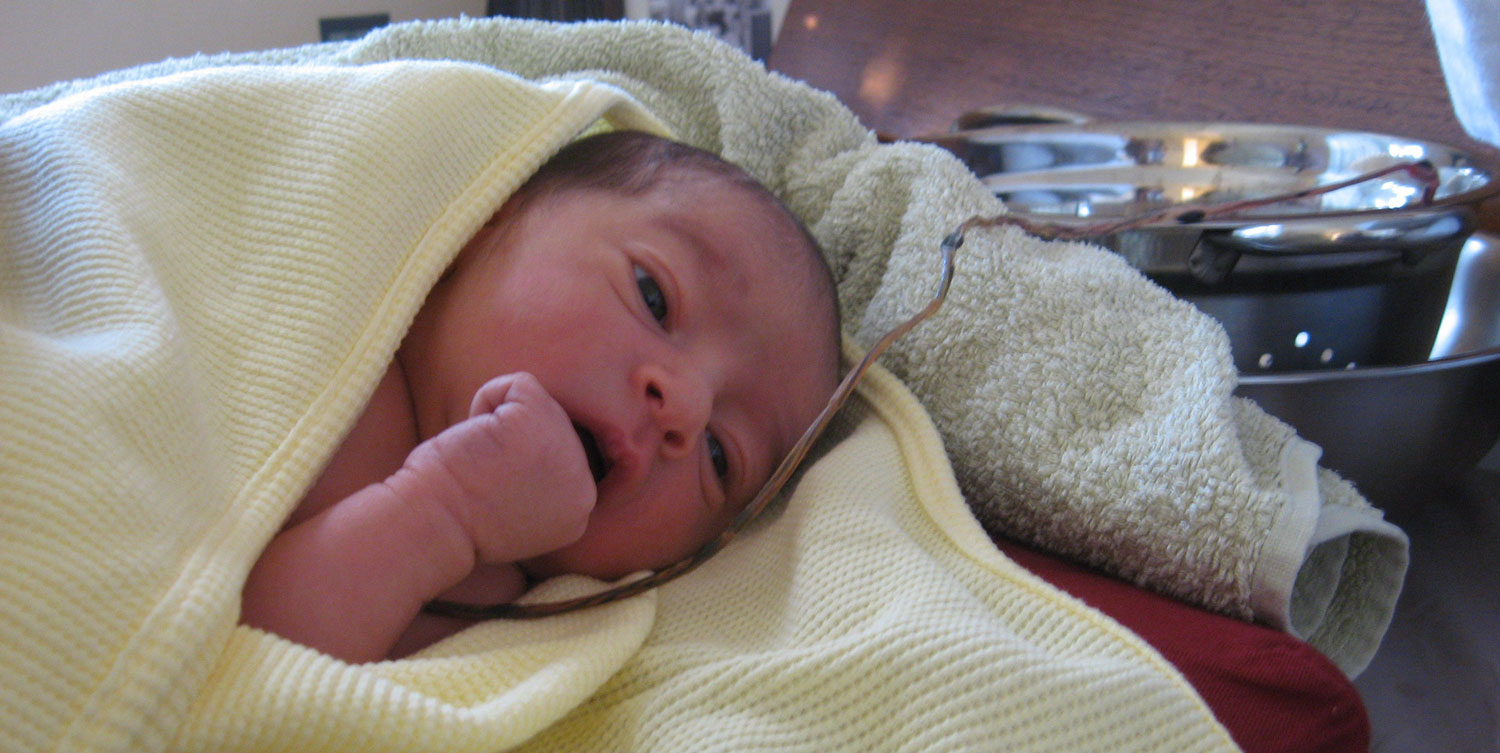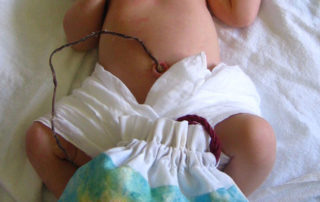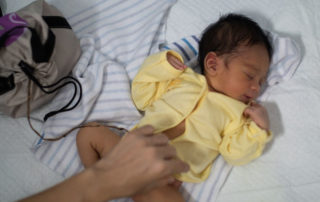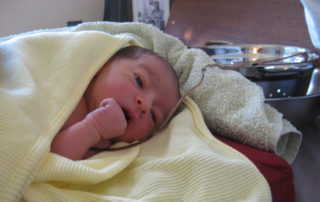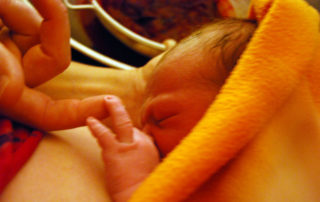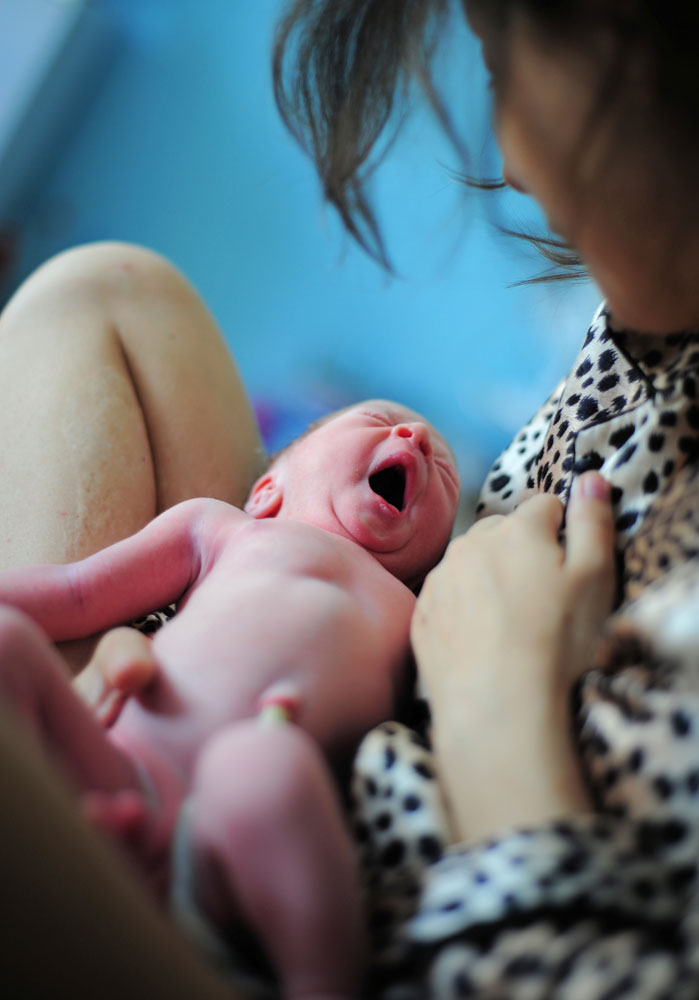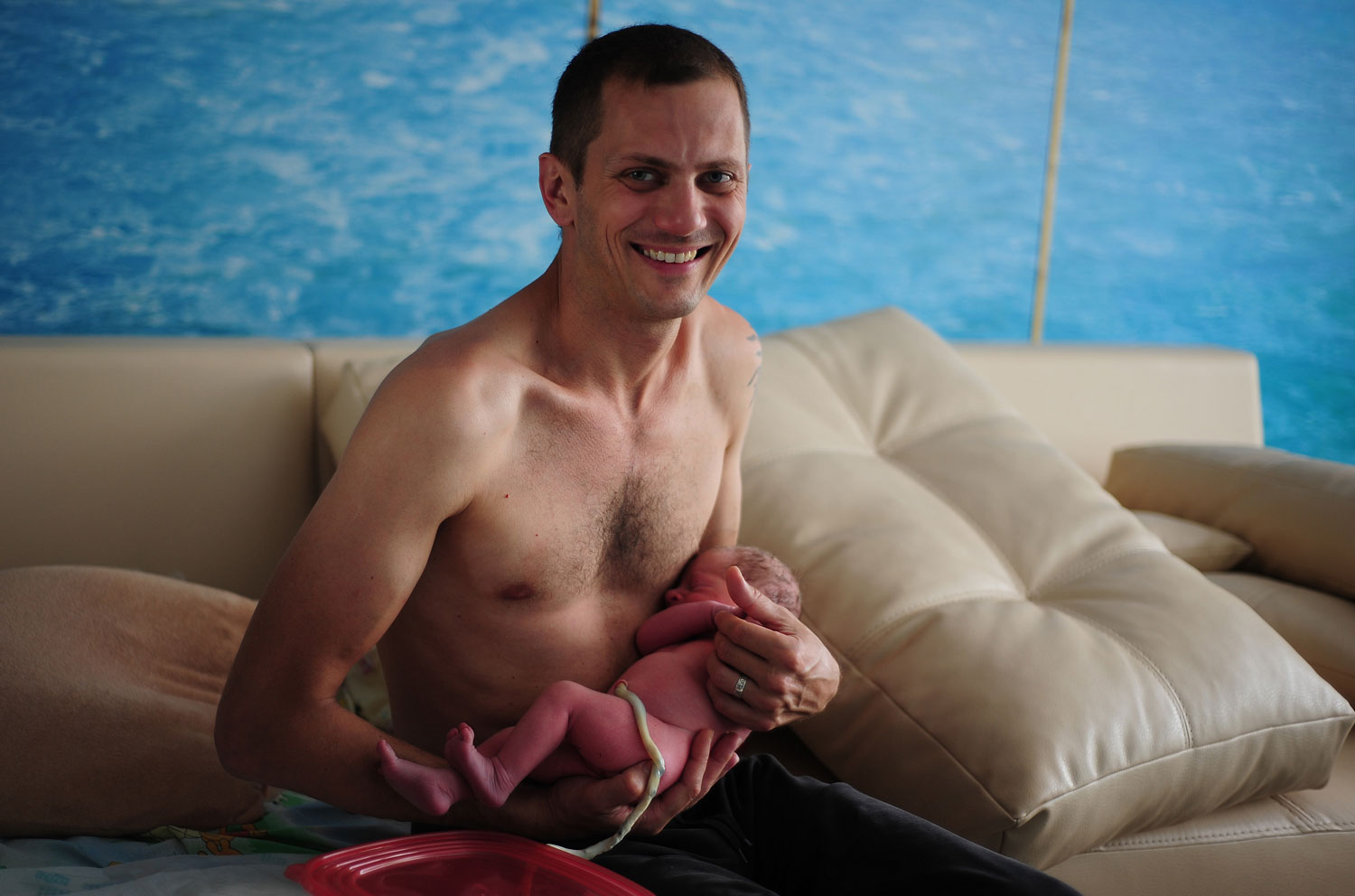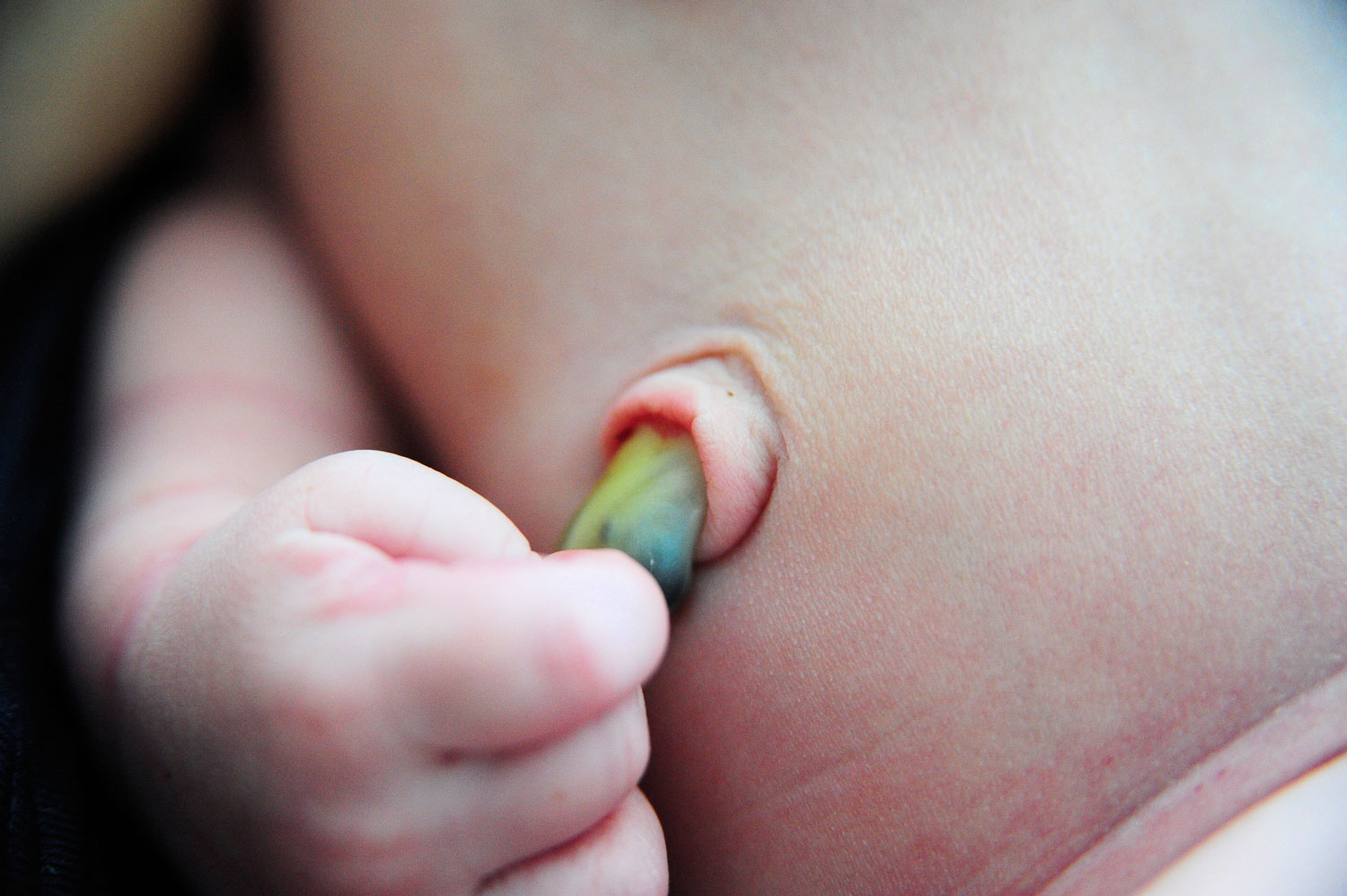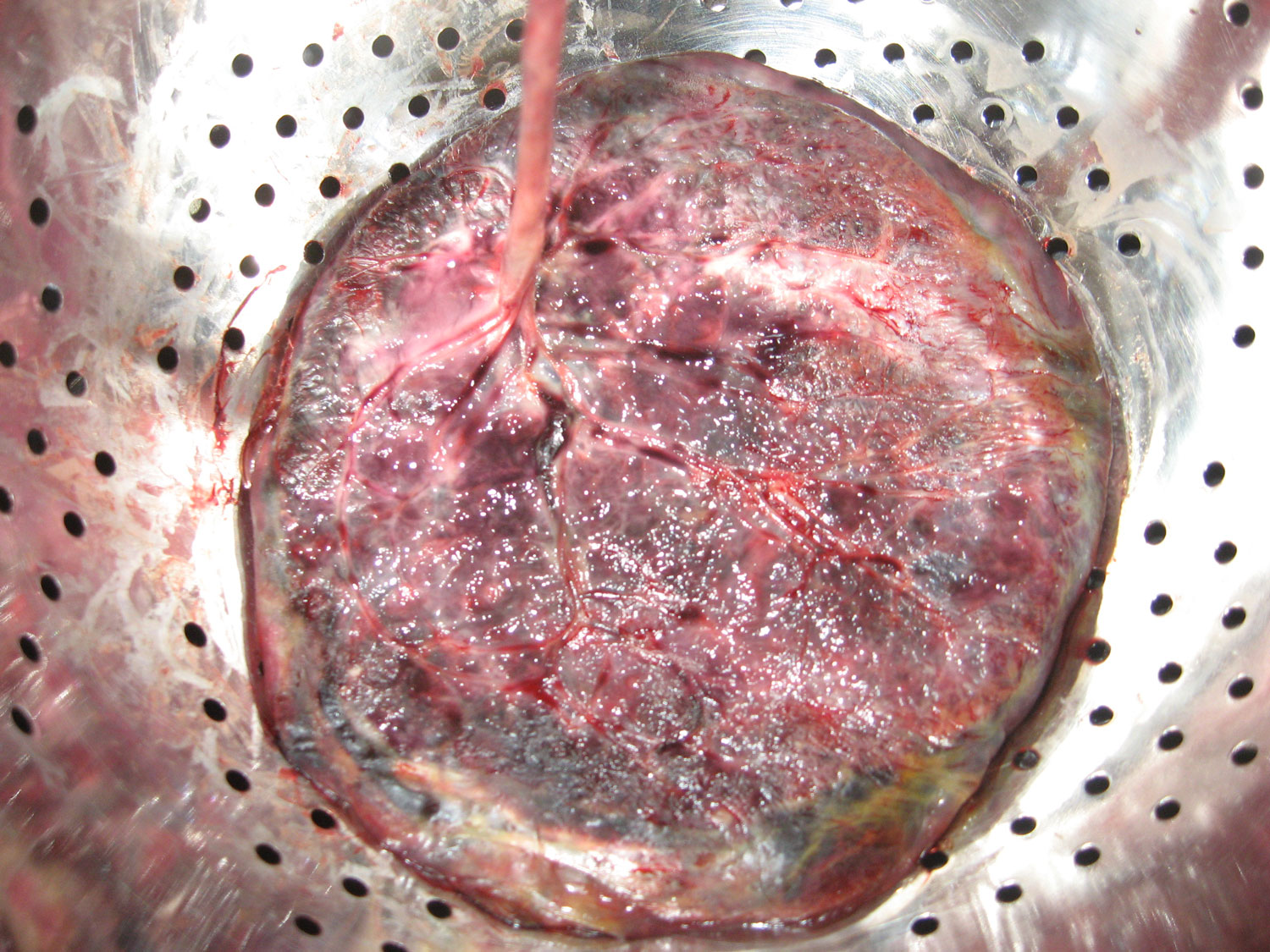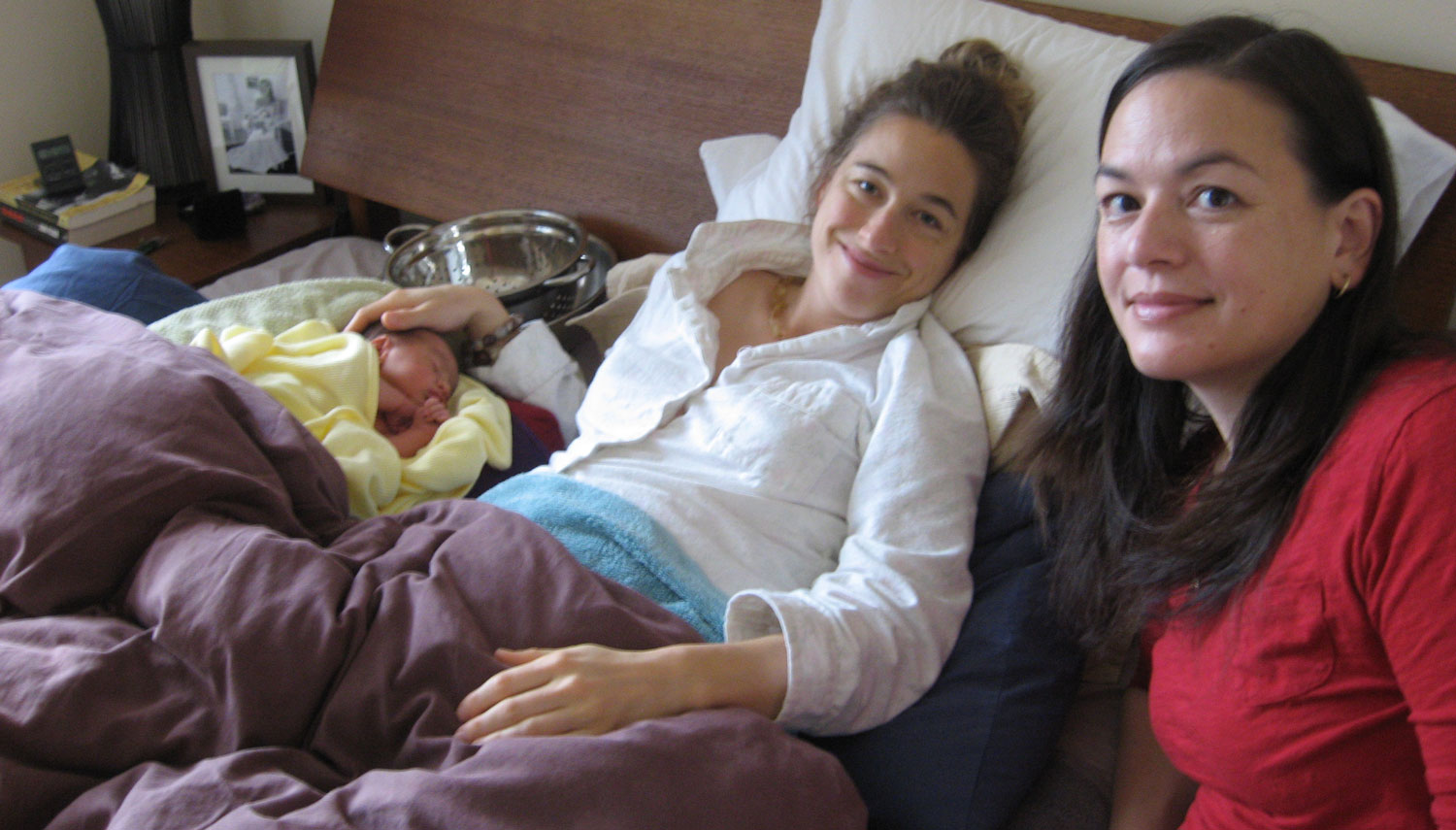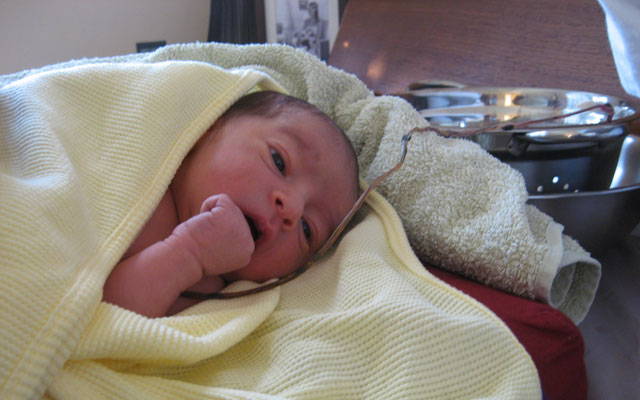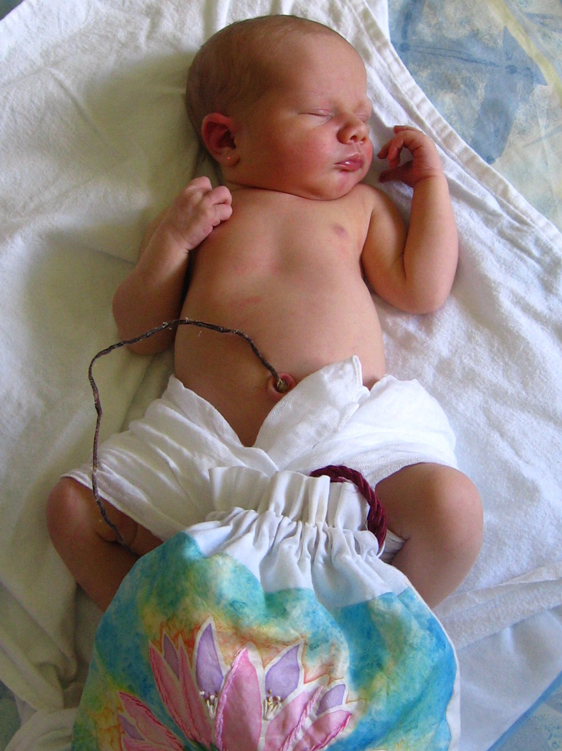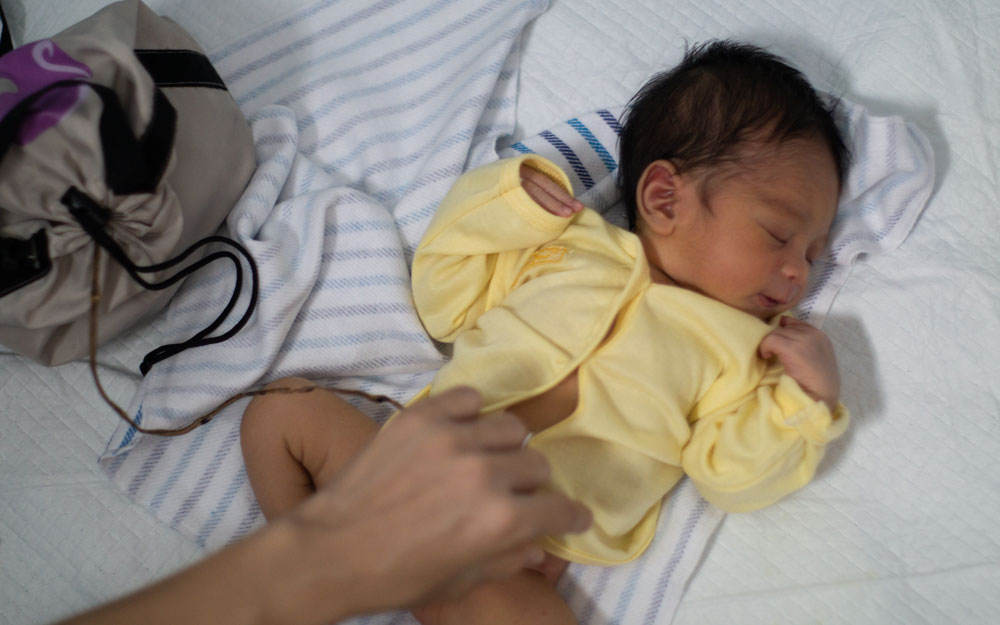Lotus Birth
You’ve probably heard of lotus birth, but do you know how it works? How could it benefit you and your baby, and are there any risks? Here we answer your questions in an explainer about this non-interventional practice.
What is a lotus birth?
These days, the World Health Organisation recommends that babies’ umbilical cords are left uncut at the time of birth. Instead, they’re left unclamped between one to three minutes (or more) after baby’s arrival, known as delayed cord clamping.
In contrast, lotus birth involves leaving the cord and placenta attached to the baby indefinitely. Instead, you allow it to detach from the newborn’s belly button by itself over the next 3 to 10 days. It’s a relatively new ritual, especially in the West, where parents started practising it only in the 1970s.
What is the history of lotus birth?
The term lotus birth might remind you of the sacred Eastern flowers of the same name. However, that’s not the origin of the term. Clair Lotus Day was pregnant in 1974, Clair was aware that chimpanzees did not always separate their placenta from the baby at birth, so she decided against routine umbilical cord clamping. The term lotus birth initiated from Clair challenging of the status quo.
What are the benefits?
Some of the reasons women have chosen lotus birth are because they:
- Prioritise the more natural and non-interventional approach
- Seek to acknowledge the importance or the spiritual meaning of the placenta
- Believe it calms the newborn because they have more time to gently separate from the placenta
- Want to reduce the risk of anaemia (the same reason behind delayed cord clamping).
How does a lotus birth work?
Few health providers are familiar with the practice of lotus birth. So the first step is to prepare to discuss it with your midwife or doctor. It might be helpful to let the BRAIN decision-making tool guide your conversation with them to show you are making an informed choice.
After bub is born, the placenta arrives in the third stage of labour. Then, you’ll need to get it ready to stay alongside your newborn over the next several days. Please wash your hands before starting (once it’s disconnected from the mother, the placenta is an ideal breeding ground for bacteria). In a lotus birth, the parents typically wash the placenta in warm water in a sieve. Then they allow it to drain (perhaps with the colander over a bowl). Next, they dry it, and rub it with salt and herbs, like rosemary and lavender. Doing this helps it dry out, slow the growth of microorganisms, and prevent odour.
Finally, the parents usually wrap the placenta in clean dressings (and change them daily) and put it in a cotton bag that allows airflow. Some parents choose to swaddle the placenta with the baby to make it easier to carry them together. Or, mother and baby can spend most of their time resting in one spot.
Are there any risks?
There is one risk that lotus birth shares with delayed cord clamping. Letting the extra red blood cells transfer from the placenta to the baby after birth may increase the chances of jaundice. An increase in red blood cells breaking down may cause an increase in bilirubin, turning the skin yellow. However, the consensus is that the benefits of the extra blood outweigh the risk.
Unfortunately, we don’t have quality research into lotus birth and the benefits, risks and best practice. In one recent report on the lotus births of six babies, there were no infections. When the researchers asked four of the mothers if they would choose lotus birth again, those mothers all said they would.
Besides, there are a few individual case studies and reports which describe both positive and negative outcomes. For example, there are stories from mothers who enjoyed uncomplicated lotus births. There are also case studies of babies with infections after lotus birth. Most recently, you probably heard about the Melbourne coroner’s report on the little girl who died two days after birth due to sepsis (her body’s reaction to infection). The information we have can’t tell us whether lotus birth did or did not cause these rare infections.
What makes a safer lotus birth?
The most likely site of any infection is in the baby’s umbilical stump. Things like washing your hands, and rising, drying and salting the placenta aim to reduce this risk.
After any birth, it’s wise to keep an eye on the health of the umbilical stump. You can lookout for the following signs of infection and flag them with your midwife or doctor:
- inflammation at the umbilical stump – warmth, redness or swelling
- baby has a fever
- an increase in baby’s sleepiness
- poor feeding or low nappy output.
The decision about how to handle your placenta and the umbilical cord is one of the multitudes of choices parents face. While we await further research, talking to your health care provider about what we do know can help you and your partner make an informed choice.
Lotus Birth Book and DVD
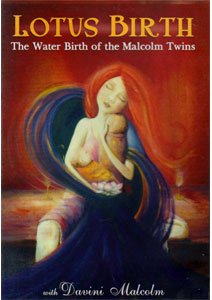 The DVD is “Lotus Birth: Waterbirth of the Malcolm Twins”. This video follows the Malcolm family as they prepare for the home lotus water birth of their twins. Scenes of family life with their other two children are shown, followed by fascinating footage of the births as each baby is gently born and cuddled in the water. The management of the placenta and the lotus birth is also described.
The DVD is “Lotus Birth: Waterbirth of the Malcolm Twins”. This video follows the Malcolm family as they prepare for the home lotus water birth of their twins. Scenes of family life with their other two children are shown, followed by fascinating footage of the births as each baby is gently born and cuddled in the water. The management of the placenta and the lotus birth is also described.
Commentaries are provided by the midwife and both parents. An article by Dr Sarah Buckley is provided and the protocol for managing a lotus birth is also included as DVD extras.
Purchase online: Birth International
 The book is “Lotus Birth”. Compiled by Shivam Rachana, Lotus Birth contains many case histories, photographic illustrations and writings by health professionals. An educational tool. Lotus Birth is a generous in resource and reference. It gives us the who, the why, the how-to, and the implications for humankind if we don’t slow down and make a radical paradigm shift. These people have!
The book is “Lotus Birth”. Compiled by Shivam Rachana, Lotus Birth contains many case histories, photographic illustrations and writings by health professionals. An educational tool. Lotus Birth is a generous in resource and reference. It gives us the who, the why, the how-to, and the implications for humankind if we don’t slow down and make a radical paradigm shift. These people have!
Review: It was helpful for me to read your book Rachana during the first few days as Asha and I noticed some of our own placenta trauma being triggered, as well as in the older siblings, and even grandparents. Thankyou! We are experiencing so much joy… I love simply looking at her, being present with her”. With Love, Jonathan & Asha
Purchase online: www.lotusbirth.net/the-book.html
Lotus Birth Stories
Lotus Birth by Lavendilly
Rosella was our lotus birth baby. We had considered the idea with Kaelan, and I had even prepared a beautiful silk bag, with a lotus painted on it, to keep his placenta in. We had bought the salt and had everything ready … but still, we had reservations about it. I was still having issues getting over the ‘ick’ factor. As it happened, Kaelan was born by emergency cesarean and so the decision about whether to lotus birth or
Lotus Birth – Leaving Umbilical Cord Uncut
Lotus birth is the practice of leaving the umbilical cord uncut, so that the baby remains attached to his/her placenta until the cord naturally separates at the umbilicus- exactly as a cut cord does- at 3 to 10 days after birth. This prolonged contact can be seen as a time of transition, allowing the baby to slowly and gently let go of his/her attachment to the mother's body. Although we have no written records of cultures that leave
Jayden Singh Cheema Natural Home Lotus Birth
Verena and Bobby are excited to welcome their first son Jayden Singh Cheema into this wonderful world. He was born on Thursday the 30th of June 2011 at 3:58 am through a natural home-lotus birth at 41 weeks (49 cm and 3 kg). We are very thankful for the guidance, calmness, support and wisdom we received from our midwife Rachele Meredith. Jayden is an amazing, grounded, alert and healthy child and we are so thankful, overjoyed and blessed to
The Home-Water-Lotus Birth of Lukas Singh Cheema
Verena and Bobby are excited to welcome their second son Lukas Singh Cheema into this wonderful world. He was born on Wednesday the 19th of June 2013 at 12.40pm through a natural home-lotus birth in water at 38 ½ weeks (49 cm and 2.9 kg). We are very thankful for this empowering birth experience and overjoyed to have Lukas, a very amazing, calm, alert and healthy child, in our lives. Contributors Verena Raschke-Cheema and Bobby Singh Cheema live in
Nathanael’s birth story
Nathanael John Broadbent was born at 5:49 am on Friday 20 June 2008. It was a full moon. We celebrated the full moon the night before with our traditional family ceremony. Our oldest son Benjamin had laid out the Balinese Kris (a ceremonial dagger) and some other ceremonial pieces on John’s sarong – candles, crystals, feathers, an Amazonian head-dress, a Shamanic eagle and emu feather stick from Uluru. We lit all the beautiful coloured candles leftover from Benjamin’s naming

